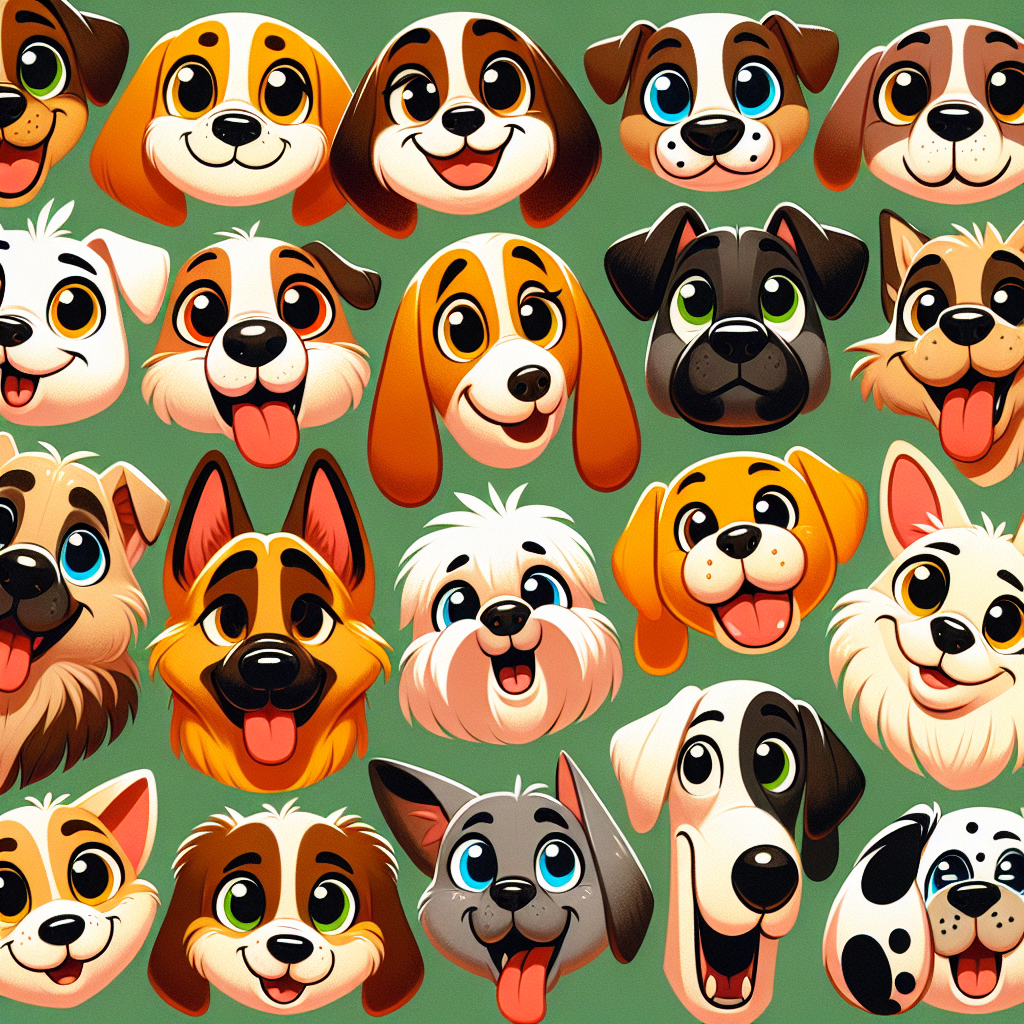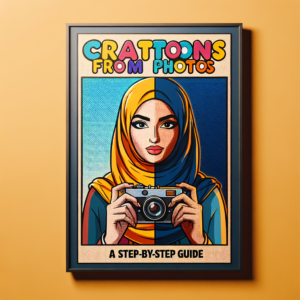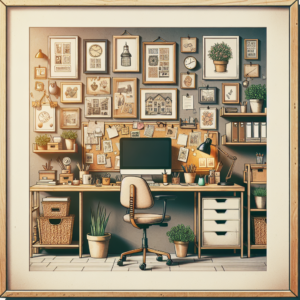Have you ever found yourself mesmerized by the cute and expressive faces of cartoon dogs? From the lovable antics of Scooby-Doo to the heartwarming charm of Snoopy, cartoon canines have captured our hearts with their endearing personalities and unique facial expressions. Join us on a journey through the delightful world of cartoon dog faces, where we explore the different styles, emotions, and characters that make them so irresistible.
The Allure of Cartoon Dog Faces
Cartoon dog faces are undeniably adorable, thanks to their big eyes, floppy ears, and wagging tails. Artists have cleverly exaggerated these features to evoke a sense of playfulness and charm, drawing viewers into their whimsical world. Whether they’re wagging their tails in excitement or giving you those puppy-dog eyes, cartoon dogs know how to tug at your heartstrings and make you smile.
The Art of Expression
One of the most fascinating aspects of cartoon dog faces is their ability to convey a wide range of emotions. Through simple lines and shapes, artists can capture the essence of joy, sadness, surprise, and everything in between. Just a slight tilt of the head or a raised eyebrow can instantly change the mood of a cartoon dog, adding depth and complexity to their character.
Popular Cartoon Dog Characters
There is no shortage of beloved cartoon dog characters in popular culture, each with their own unique design and personality. From classics like Snoopy and Goofy to modern favorites like Bluey and Clifford, these iconic canines have charmed audiences of all ages with their entertaining antics and heartwarming stories. Let’s take a closer look at some of the most popular cartoon dog faces you’re likely to encounter:
Scooby-Doo
Scooby-Doo, the lovable Great Dane with a penchant for solving mysteries, is perhaps one of the most recognizable cartoon dog faces in the world. With his droopy eyes, floppy ears, and distinctive speech pattern, Scooby-Doo has endeared himself to generations of fans and become a staple of Saturday morning cartoons.
Snoopy
Snoopy, the imaginative beagle from the Peanuts comic strip, is another iconic cartoon dog known for his quirky personality and expressive face. With his floppy ears, round black nose, and ever-changing wardrobe, Snoopy has been a source of inspiration and joy for readers of all ages.
Clifford the Big Red Dog
Clifford the Big Red Dog, a larger-than-life Labrador retriever, stands out with his bright red fur and lovable grin. Despite his oversized frame, Clifford is known for his gentle nature and unwavering loyalty to his friends. His endearing face and playful spirit have made him a beloved character in children’s literature.
Bluey
Bluey, the Australian Blue Heeler from the animated TV series of the same name, is a spunky and adventurous cartoon dog with a contagious zest for life. With her perky ears, bright blue fur, and expressive eyes, Bluey captures the hearts of viewers with her playful antics and heartwarming family dynamic.
Creating Your Own Cartoon Dog Faces
If you’re feeling inspired by the charm of cartoon dog faces, why not try your hand at creating your own adorable characters? Whether you’re a seasoned artist or a beginner doodler, the world of cartoon dogs offers endless possibilities for creativity and expression. Experiment with different styles, shapes, and expressions to bring your furry friends to life on the page.
Exploring Different Styles
Cartoon dog faces come in a variety of styles, ranging from simple and minimalist to detailed and realistic. Some artists prefer to emphasize exaggerated features like oversized eyes and floppy ears, while others opt for a more subtle and nuanced approach. Whatever your preference, there’s no wrong way to depict a cartoon dog – it’s all about finding a style that speaks to you and captures the essence of your character.
Let Your Imagination Run Wild
When it comes to creating cartoon dog faces, the only limit is your imagination. Don’t be afraid to experiment with different shapes, sizes, and colors to bring your characters to life. Whether you’re drawing inspiration from real-life breeds or inventing your own fantastical creatures, the world of cartoon dogs is full of endless possibilities for creativity and fun.
FAQ
What are some tips for drawing expressive cartoon dog faces?
To create expressive cartoon dog faces, focus on the eyes, eyebrows, and mouth to convey emotions effectively. Experiment with different shapes and sizes to capture a wide range of expressions, from joy and excitement to sadness and surprise. Don’t be afraid to exaggerate features for added impact and personality.
How can I develop my own unique style when drawing cartoon dog faces?
Developing your own unique style takes practice and experimentation. Start by studying different artists and styles to get a sense of what resonates with you. Then, play around with shapes, lines, and colors to create a signature look that sets your characters apart. Remember, there are no rules in art – let your imagination guide you and have fun exploring different techniques.
What are some common mistakes to avoid when drawing cartoon dog faces?
Some common mistakes to avoid when drawing cartoon dog faces include overcomplicating features, neglecting proportions, and lacking attention to detail. Keep it simple and focus on capturing the essence of the character rather than getting bogged down in unnecessary details. Practice regularly and seek feedback from others to improve your skills and avoid common pitfalls.
Where can I find inspiration for drawing cartoon dog faces?
Inspiration for drawing cartoon dog faces can come from a variety of sources, including nature, art, and pop culture. Study real-life dogs to observe their unique features and behaviors, watch cartoons and animations to see how artists bring characters to life, and explore online communities and tutorials for tips and tricks. Remember, inspiration is all around you – keep an open mind and let your creativity flourish.
How can I make my cartoon dog faces more expressive and dynamic?
To make your cartoon dog faces more expressive and dynamic, pay attention to body language, gestures, and facial expressions. Experiment with different poses, angles, and perspectives to add movement and energy to your characters. Use bold lines, colors, and shading to create depth and dimension, and don’t be afraid to take risks and push your creative boundaries. Express yourself freely and let your characters come to life on the page.








+ There are no comments
Add yours